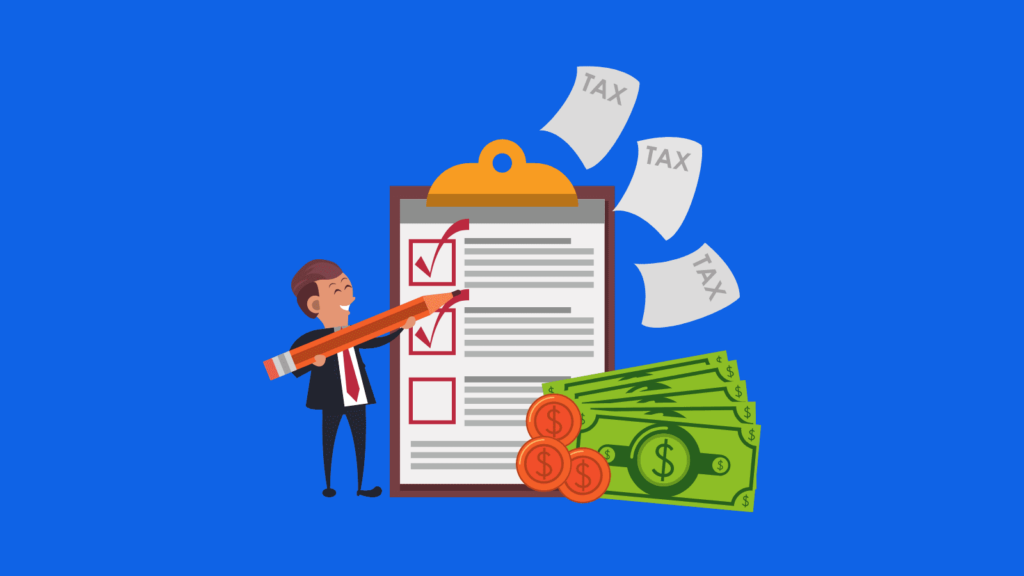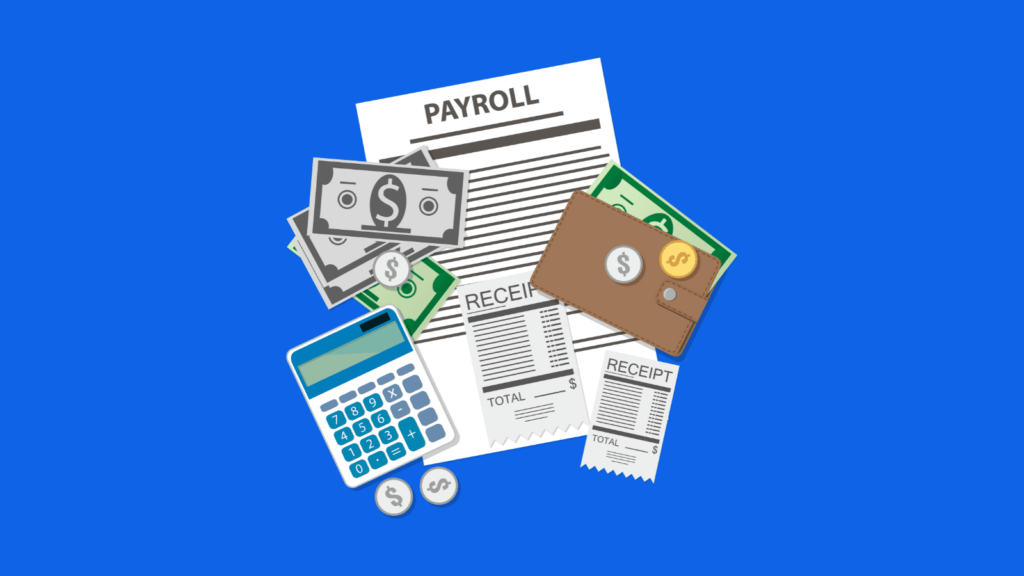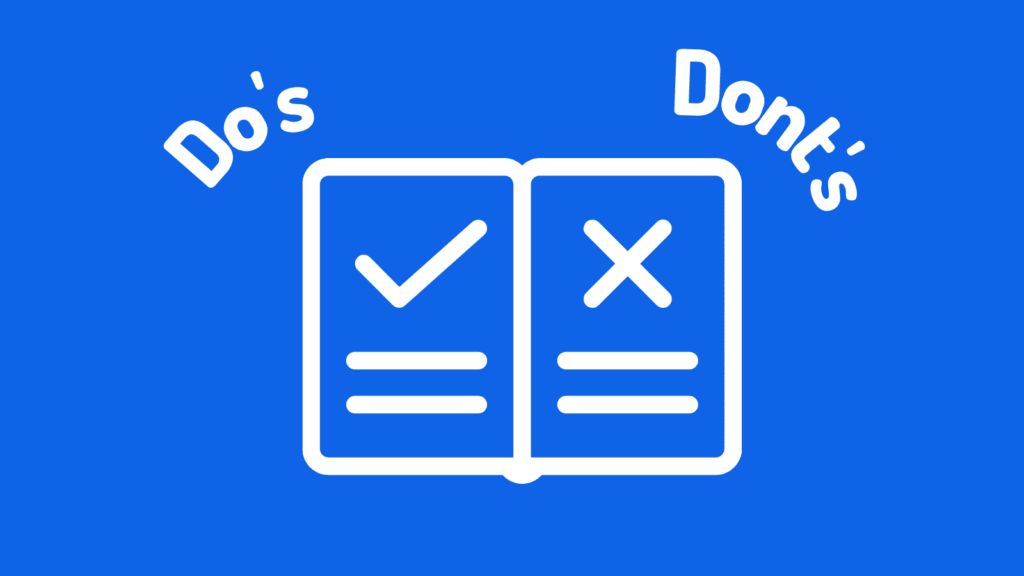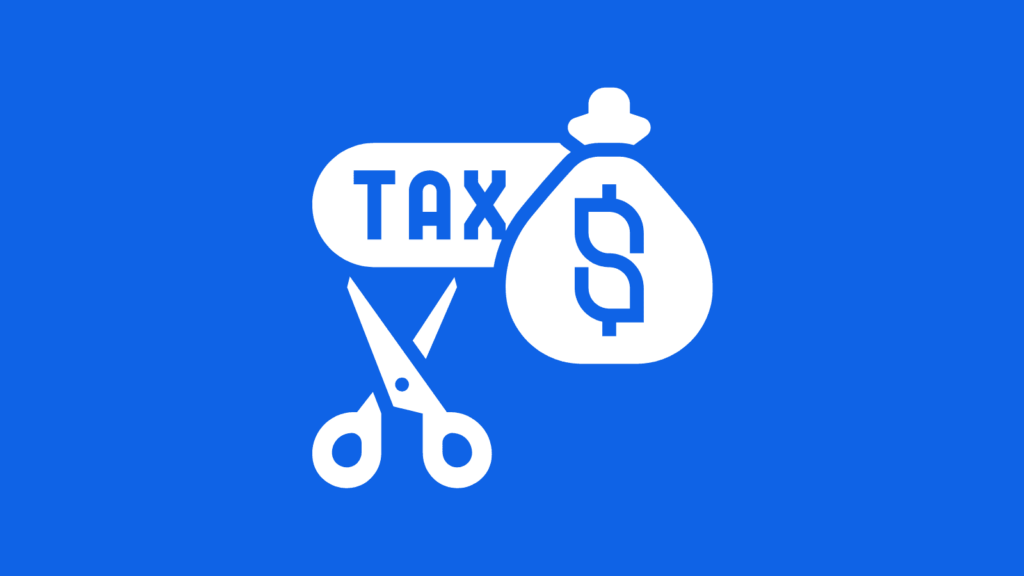When to File Your Personal and Business Taxes Separately: A Guide for Small Business Owners
December 3, 2022

peakreliance
Accounting, Bookkeeping, Taxes
As a small business owner, there are many decisions to make and one of the most important is when to file your personal and business taxes separately. It’s important to take the time to understand the difference between filing taxes as an individual and filing taxes as a business. Doing your taxes correctly can help you save money, protect your assets, and make the most of the deductions and credits available to you. This guide will provide you with an overview of the pros and cons of filing your personal and business taxes separately, when it is beneficial to do so, and how to go about filing them. With this information, you can make the best choice for your business and ensure you are paying the right amount of taxes.
Overview of filing personal and business taxes separately
Filing taxes is an annual process designed to collect revenue for the government and make sure that everyone pays their fair share. In order to do this, the government uses a system of withholdings and deductions to ensure that their taxes are paid, taking into account income levels, filing statuses, and dependents. The system is designed to be straightforward and easy to understand: everyone pays the same amount of tax on the same types of income in the same way, allowing for a fair and even playing field. Small business owners fall into a slightly different category, however, and their taxes are handled slightly differently. Inside a business, there are two different types of income: the income earned by the business (profit), and the income earned by the individual owners (salary). Taxes are paid on both types of income, but they are calculated and handled in different ways. Filing taxes as a business collects all the business income and calculates the amount of tax that needs to be paid on this income. This is then deducted from the amount of money available to pay the owners. Filing taxes as an individual collects all the income that the owners earn, whether it is business income or personal income. The amount of tax due on this income is then calculated and paid on this amount. The business profit is paid on a different schedule, although some businesses are required to pay quarterly to avoid incurring penalties.
Pros and cons of filing taxes separately
There are both advantages and disadvantages to filing taxes separately for your business and yourself. Filing taxes separately for your business and yourself can help protect your personal assets from your business liabilities. This can be particularly useful for small business owners who are self-employed, such as contractors or freelancers, who don’t have the same level of insurance or protection as employees. Small business owners who file taxes as a business and a personal return can also receive a larger refund since they can claim more deductions from their business income. Filing taxes as a business means that all of your business expenses are tax-deductible, including things like health insurance, advertising and marketing costs, training fees, office equipment, and travel expenses. Personal expenses, such as groceries, clothing, and home utilities, are not.
When it is beneficial to file taxes separately
There are some scenarios when it is beneficial to file your taxes as a business and your personal taxes separately. One of the most common situations in which you might want to file your taxes separately is if you have significant self-employment income, such as from contracting, freelancing, or running a side hustle. This can help protect your personal assets from your business liabilities since business deductions will come off your personal income. You also want to file your taxes separately if you are taking a home office deduction. Since this deduction is based on your personal income, you will only be able to claim it if you file a personal return. If you are claiming a significant amount of deductions, such as for childcare or medical expenses, it can be beneficial to file a separate return for business if you will be receiving a larger refund.
How to file taxes separately
There are a few ways to file taxes separately for your business and yourself, but the most common way is to use a Schedule C form. The Schedule C form is used to calculate the amount of profit your business made during the year and determine what percentage of that amount is due in income tax. If you have significant business expenses, you can also file a Schedule C-EZ form. This is a simplified version of the Schedule C form and is appropriate for businesses with very little expenses.
Deductible business expenses
Business owners can deduct a variety of expenses when calculating their taxes, such as advertising and marketing, office equipment, travel and vehicle expenses, and training and professional development fees. There are also certain personal expenses that can be deducted from business taxes if they are used for business purposes. These include utilities, health insurance premiums, home office expenses, and mileage to and from work.
Determining your filing status
Your filing status determines the amount of tax you owe, as well as whether or not you are eligible for certain tax credits. When you file taxes as a business, you are able to choose your filing status based on your individual filing status. When filing as an individual, you are able to choose between filing as single, married filing jointly, married filing separately, head of household, or qualifying widow(er) with a dependent child.
Calculating your tax liability
The amount of tax you owe depends on a number of factors, including your taxable income and your filing status. When you file taxes as a business, you use your profit as taxable income and your allowable business expenses as deductions. Depending on your filing status and the deductions you are claiming, you will pay either a percentage of your business profit or a certain amount of money.
Claiming tax credits
Tax credits are cash payouts that the government gives back to taxpayers who have paid the appropriate amount of taxes. These credits are typically based on your income level, filing status, and number of dependents. When you file taxes as a business, you can collect some of these credits on behalf of your employees, such as the Child Tax Credit, the Child and Dependent Care Credit, or the Earned Income Credit.
Filing your taxes
The best way to ensure that you are paying the appropriate amount of taxes is to file your personal and business taxes as early as possible. The IRS recommends that taxpayers file their taxes no later than April 15, but many taxpayers are eligible to file an extension. This allows you an additional six months to file your taxes. If you are self-employed and filing your taxes as a business, you can file your taxes at any point during the year, but it is recommended that you file them as early as possible to ensure that you have all the necessary documentation.
Tax planning for small business owners
As a small business owner, you want to make sure that you are paying the appropriate amount of taxes, but you also want to make sure that you are maximizing your deductions where possible. One of the most important things that all small business owners can do is to keep good records. You will want to keep a record of all your business expenses, including mileage to and from work, office supplies, and any travel-related expenses. Keep in mind that you are only allowed to deduct the amount that is above the standard deduction. There are also certain industries that have special deduction rules and limits, so it’s important that you do your research.
Conclusion
Taxes can be complicated, especially for small business owners who have to file both their business taxes and their personal taxes separately. Having clear goals and expectations, knowing what deductions are available, and keeping good records will go a long way in helping you file your taxes successfully. Calling in an accountant for help is the best shot for you. Peak Reliance is a reliable team of professionally seasoned accountants and tax experts that can help you to file both your business and personal taxes separately. Check out our pricing plans or call us at +1 (718) 218-5558 for more information. You can also email us at hi@peakreliance.co
Post Tags :
Bookkeeping, Business Taxes, Personal Taxes, Small Business Owners
About Us
Empowering small businesses and individuals with efficient and reliable bookkeeping & tax services.



















